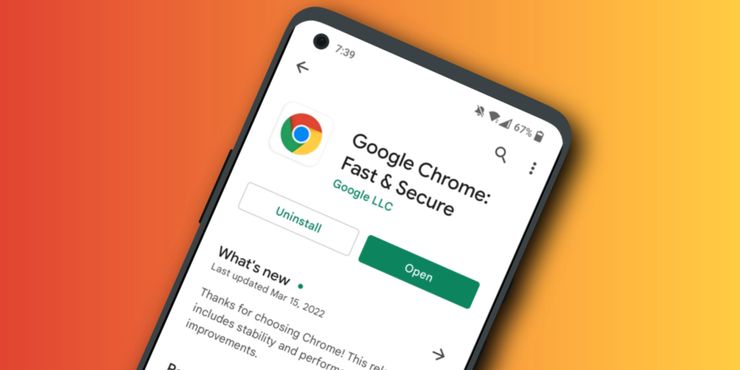Tracking some passwords can be almost impossible, but Google Chrome’s default password managers eliminate this difficult task. After activation, every time the user registers on the website, the dialog box will appear asking if they want to save a password for the site. If they decide to do this, next time they want to enter the site, the Chrome browser will automatically provide stored login credentials.
The Google Chrome password that is stored is linked to the user’s Google account and can be synchronized with any device related to the account. In addition to storing user login data, Google will also warn the user if the stored password has been compromised, perhaps due to data leakage. Another function of the password manager is a password generator that helps users create a strong password.
Google allows users to see the stored password if necessary. Users can decide to delete or change the stored password or even share the stored password. To check the password stored in the Chrome desktop browser, click the Overflow button (three points in the upper right corner) and select the settings. The settings menu must have an overflow button on the left. Click on it, select “Autofill”, then select “Password”. The page with all the stored sites and the appropriate login details must be seen, even though the password itself will be hidden. Users can click on the eye icon to make a visible password, or three buttons in front of each to copy, change, or delete login details.
Seeing the password stored in the Chrome application for Android is also easy. First open the browser and click the Overflow button – select “Settings” and then “Password”. Click “Check Password”. The page with a stored password will open. Users can then click on the site that is stored to see the credential login. As in the desktop version, he will ask for authentication (gmail account password or biometric authentication) before the password that is stored becomes visible.
IOS or iPados users can also see a password stored in the Chrome Browser cellular application on their cellphones or tablets. First open the application and tap three points in the lower right corner of the screen. Then select “Settings” and then click “Password”. The page containing the stored login data must be seen. Although using Chrome Password Manager is quite useful, not everyone might want to use it. For those who are included in this category, there is an option to deactivate this feature.

